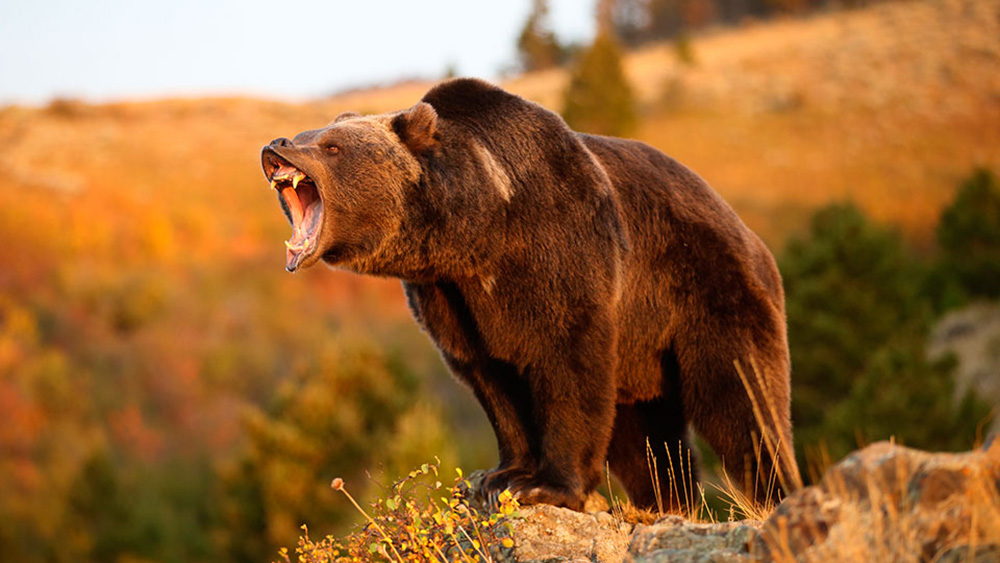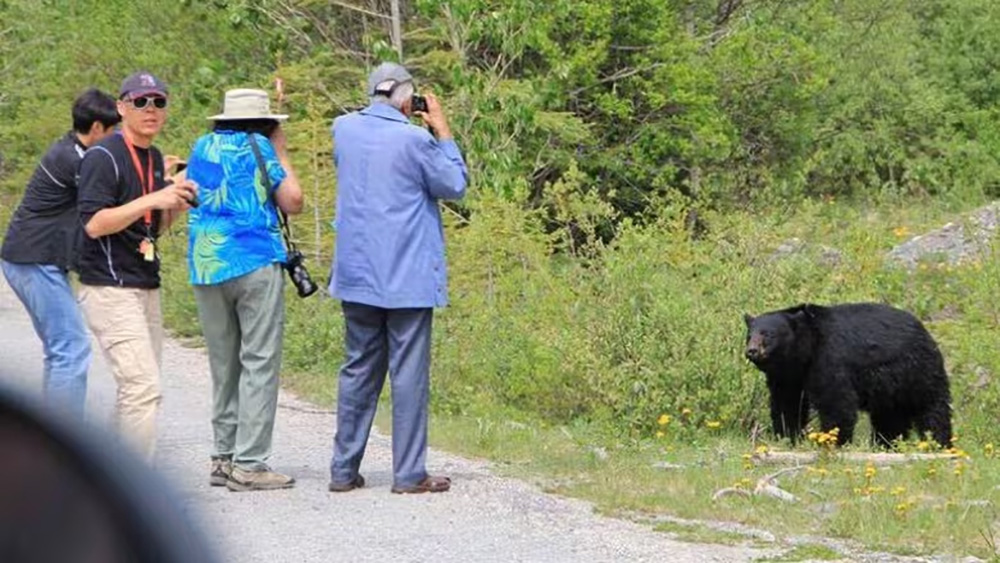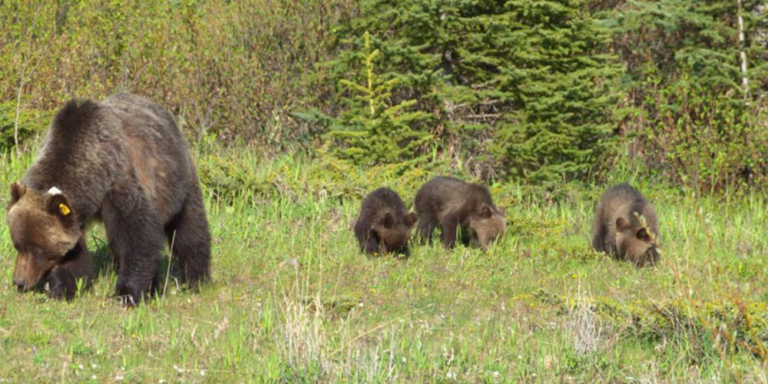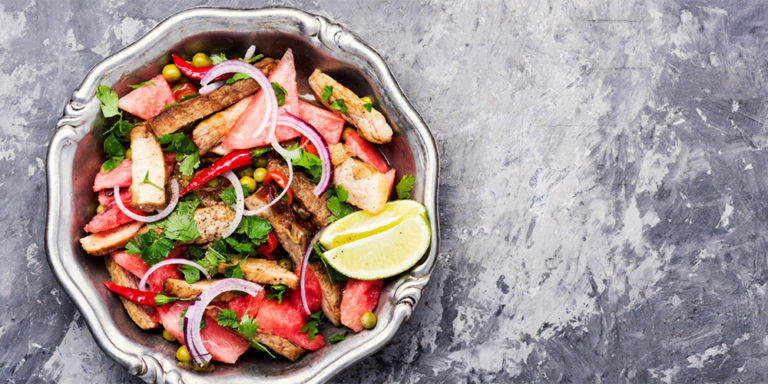By most standards, the 21st century is a crazy time to live in, especially the notion that if you didn’t catch the moment on your phone or camera and post it to social media, then the event didn’t happen.
In Banff National Park, “Wildlife Paparazzi” takes this idea to the next level, most often to the detriment of the animals involved.
People’s urge to snap pictures of wild animals, especially bears, has turned the Park’s wild grizzlies into “Celebearties.”
Banff’s Famous Grizzly Duo
“Split Lip,” a massive hulk with a distinctive scar on his mouth, and “The Boss,” who’s known for fathering over half the cubs in Banff, are two of the most coveted grizzly bears in Banff National Park.
If people had to choose between photographing Brad Pit or Split Lip in Banff National Park, the latter would probably win!
These two big bruins are awe-inspiring animals to witness, to be sure, but the obsession with capturing their every move has caused the bears and park management much stress.
Brian Spreadbury, a recent retiree from a 21-year career with Parks Canada, told The Rocky Mountain Outlook that rising stardom means these bears simply can’t catch a break from people.
“With cell phone cameras, the digital photos of wildlife have become the 21st Century equivalent of hunters going out and bagging an animal they can hang on their wall,” said Spreadbury.
On Facebook, groups like Grizzly Bears of Alberta are growing in popularity, with over 45,000 members trying to out-compete each other for the best “trophy photos.”
Still, much like trophy hunting, it’s the animals that suffer from our selfish obsessions for likes.
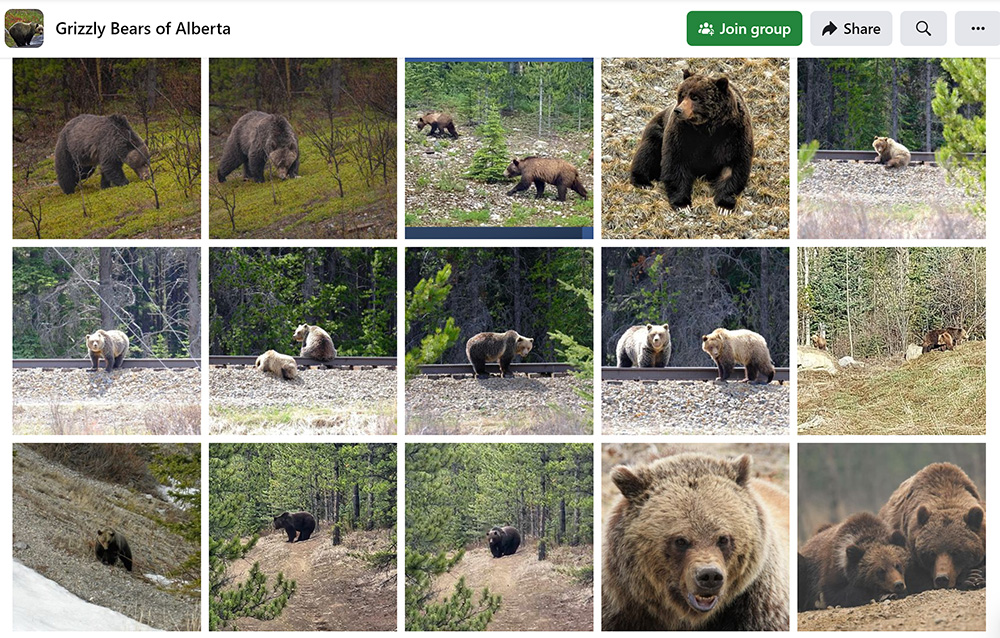

But Nick de Ruyter, WildSmart program director at Canmore’s Biosphere Institute of the Bow Valley, said the ever-growing trend is getting out of hand and stressing the bears.
“When they have hundreds or thousands of people running up and trying to take pictures, it stresses them out and could affect how they eat and how they survive the upcoming season,” he told the Calgary Herald.
For The Boss, Split Lip, and so many more of the Park’s beloved grizzlies, the traffic even one posted photo can produce limits the areas they can safely call home.
Photos shared online consistently attract huge crowds to the area with everyone wanting their own photo to post to their timelines.
“They also end up sharing locations; it’s creating problems because it just draws more and more people,” said Spreadbury.
So much so that now Parks Canada is taking action to limit bear photo jams.
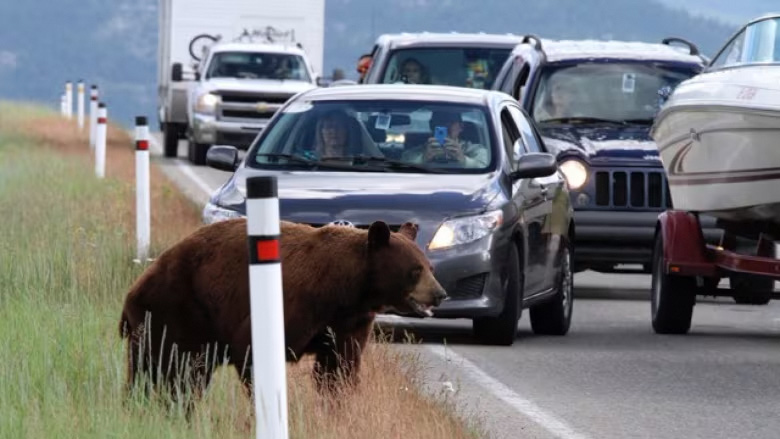

No-Stopping Zone
Earlier this spring, Parks Canada implemented a no-stopping zone along the bears’ favourite section of the Bow Valley Parkway to give them some space.
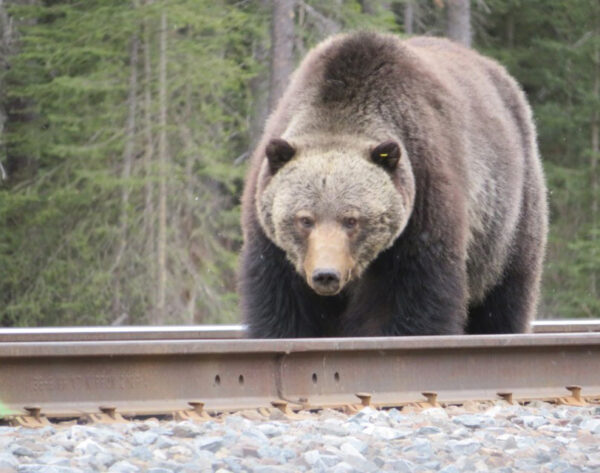

“People were sitting there for hours, and we’re getting dozens of vehicles (stopped).” Charlie McLellan, acting wildlife ecologist at Banff, Yoho, and Kootenay National Parks, said,
The traffic jams and the potential for a dangerous encounter were massive.
However, the no-stop zone took days to implement, and most of the damage was already done after hundreds of people shared the bears’ locations on social media.
“When there was a bear jam in the old days, it was whoever happened to come along the road,” said Bill Hunt who was resource conservation manager for Banff National Park for over a decade.
“But nowadays, people are immediately posting that and attracting more people to that site that wouldn’t have normally been there.”
Up to this point, Banff Park has taken an ‘education-first’ approach to dealing with the rise of photo tourism, simply recommending visitors stay at least 100 metres from roadside bears and other carnivores.
Stricter Rules
On the other hand, Jasper National Park has decided to put its foot down.
The Park has implemented legal regulations requiring visitors to stay in their vehicles to view any roadside wildlife. If they exit their car for a photo, they’ll face steep fines and legal consequences.
A move that Ruyter said shouldn’t really be an issue.
“You don’t need to go up close; you can take pictures from 100 metres away and still get a good shot.”
Those who decide they “need” to get a close-up are obviously risking their own safety, but many don’t think about the risk to the bears’ lives as well.
The risk of bears becoming accustomed to humans is high, and when they do, the likelihood of them becoming dangerous greatly increases.
“It can result in the animals being destroyed, and that’s an incredibly sad thing to have happen,” Stephen Legault, a program director with the Yellowstone to Yukon Conservation Initiative, told CBC News.
“It’s better to have the animal still there in the future than put it at risk by, frankly, a selfish desire to get a photo.”
One of the biggest perks of living or touring Alberta is seeing the amazing wildlife native to these lands.
Banff doesn’t want to stop people from witnessing them. However, the overall advice seems to be…
“Live in the moment, consider not stopping, and be glad you even glimpsed a bear in the wild.”
Save your social media feed to feature silly videos of different kinds of canines, your dog or cat!
